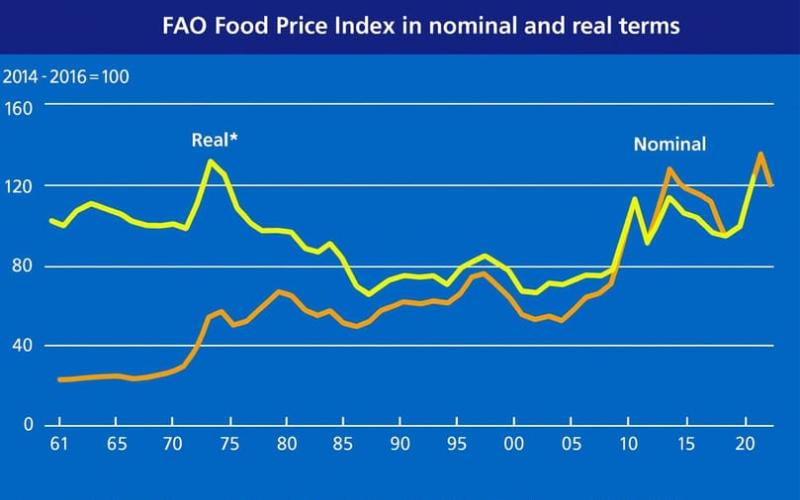H5N1 Outbreak Hits 1,000 U.S. Dairy Herds; California Hardest Hit, Nevada Detects New Strain
Source: DairyNews.today
A highly pathogenic strain of avian influenza has infected more than 1,000 U.S. dairy herds, triggering the country’s most severe livestock health crisis in decades. Federal and state officials are ramping up biosecurity measures as California emerges as the epicenter and Nevada reports a newly identified strain with mutations linked to mammalian adaptation.

According to the U.S. Department of Agriculture (USDA), 1,005 herds across 17 states have tested positive for H5N1 as of April 9. California accounts for more than 75% of cases, with 759 herds affected. Nevada recently confirmed the presence of a genetically distinct viral genotype, D1.1, raising fresh concerns among health officials and virologists.
"Production losses have been devastating," said Jim Vlahos, a dairy farmer in California's Central Valley. "We're spending $28,000 a month just on PPE and labor, and we're still losing ground."
Dual Viral Threat
The outbreak involves two circulating genotypes—B3.13 and D1.1. While both affect dairy cattle, scientists have flagged the D1.1 strain for its PB2 D701N mutation, a marker associated with increased transmissibility in mammals. Researchers warn that this genetic shift could heighten the risk of zoonotic transmission.
Economic Impact
Infected herds are losing an estimated 2,000 pounds of milk per cow over 60 days. For a 3,900-cow operation, that equates to losses of roughly $737,500. Additional costs linked to testing, veterinary care, and enhanced biosecurity have pushed producers to the brink.
To support affected farms, the USDA has activated Emergency Assistance for Livestock, Honeybees, and Farm-Raised Fish (ELAP) and is offering up to $28,000 per premise for biosecurity upgrades.
Raw Milk Risks
The virus appears to concentrate in the mammary glands, with infected cows shedding up to 1 billion viral particles per milliliter of milk. Although pasteurization eliminates the virus, unpasteurized milk poses a significant risk. Several domestic cats have died after consuming raw milk, and 41 human infections—primarily conjunctivitis—have been linked to dairy exposure.
Federal agencies continue to urge against raw milk consumption. The Food and Drug Administration has reported no viable virus in commercially pasteurized products.
Biosecurity Challenges
Only 28% of farms consistently use personal protective equipment, USDA data shows. The agency is offering financial incentives for PPE, waste milk heat treatment, and in-line milk samplers, but implementation remains uneven.
Key recommendations include restricted farm access, bird control measures, and rigorous cleaning protocols for milking equipment. Experts say such steps are essential to slow the spread.
Public Health Outlook
While the CDC maintains that the public health risk remains low, the situation is being closely monitored. Ferret studies—commonly used to model human influenza transmission—have shown that the virus can spread via airborne routes in laboratory conditions.
“With over 1,000 affected herds, the virus has ample opportunity to evolve,” one CDC official said on condition of anonymity.
Long-Term Prospects
With wild birds acting as a natural reservoir, experts warn that eradication is unlikely in the near term. Producers are calling for accelerated research into cattle-specific vaccines and improved diagnostics to detect subclinical infections.
“This is no longer just an agricultural issue—it’s a One Health concern,” said Dr. Maria Torres, a virologist at the National Animal Disease Center. “What happens on the farm could have broader implications for human health if this virus continues to adapt.”
"Production losses have been devastating," said Jim Vlahos, a dairy farmer in California's Central Valley. "We're spending $28,000 a month just on PPE and labor, and we're still losing ground."
Dual Viral Threat
The outbreak involves two circulating genotypes—B3.13 and D1.1. While both affect dairy cattle, scientists have flagged the D1.1 strain for its PB2 D701N mutation, a marker associated with increased transmissibility in mammals. Researchers warn that this genetic shift could heighten the risk of zoonotic transmission.
Economic Impact
Infected herds are losing an estimated 2,000 pounds of milk per cow over 60 days. For a 3,900-cow operation, that equates to losses of roughly $737,500. Additional costs linked to testing, veterinary care, and enhanced biosecurity have pushed producers to the brink.
To support affected farms, the USDA has activated Emergency Assistance for Livestock, Honeybees, and Farm-Raised Fish (ELAP) and is offering up to $28,000 per premise for biosecurity upgrades.
Raw Milk Risks
The virus appears to concentrate in the mammary glands, with infected cows shedding up to 1 billion viral particles per milliliter of milk. Although pasteurization eliminates the virus, unpasteurized milk poses a significant risk. Several domestic cats have died after consuming raw milk, and 41 human infections—primarily conjunctivitis—have been linked to dairy exposure.
Federal agencies continue to urge against raw milk consumption. The Food and Drug Administration has reported no viable virus in commercially pasteurized products.
Biosecurity Challenges
Only 28% of farms consistently use personal protective equipment, USDA data shows. The agency is offering financial incentives for PPE, waste milk heat treatment, and in-line milk samplers, but implementation remains uneven.
Key recommendations include restricted farm access, bird control measures, and rigorous cleaning protocols for milking equipment. Experts say such steps are essential to slow the spread.
Public Health Outlook
While the CDC maintains that the public health risk remains low, the situation is being closely monitored. Ferret studies—commonly used to model human influenza transmission—have shown that the virus can spread via airborne routes in laboratory conditions.
“With over 1,000 affected herds, the virus has ample opportunity to evolve,” one CDC official said on condition of anonymity.
Long-Term Prospects
With wild birds acting as a natural reservoir, experts warn that eradication is unlikely in the near term. Producers are calling for accelerated research into cattle-specific vaccines and improved diagnostics to detect subclinical infections.
“This is no longer just an agricultural issue—it’s a One Health concern,” said Dr. Maria Torres, a virologist at the National Animal Disease Center. “What happens on the farm could have broader implications for human health if this virus continues to adapt.”
Key News of the Week











